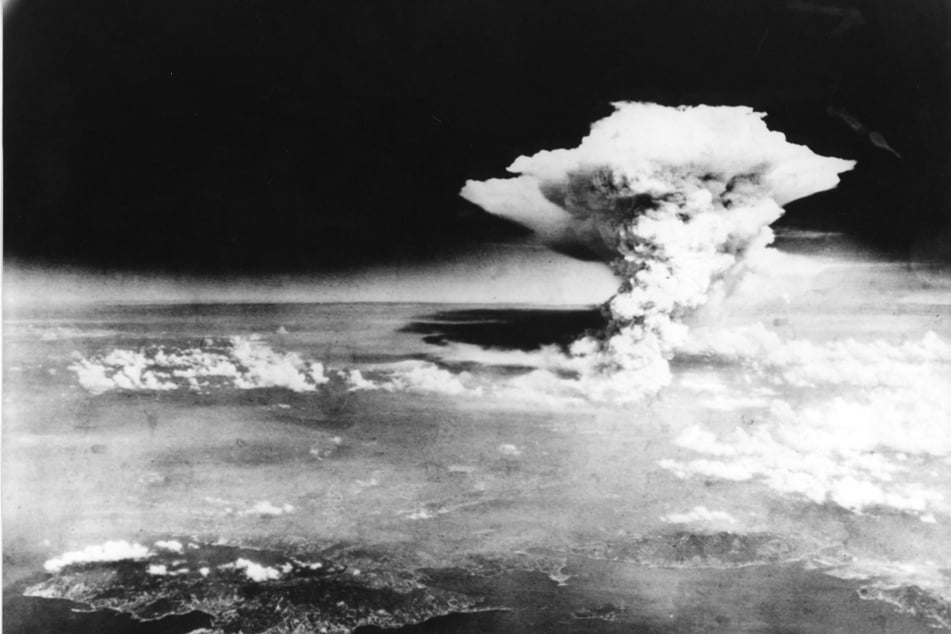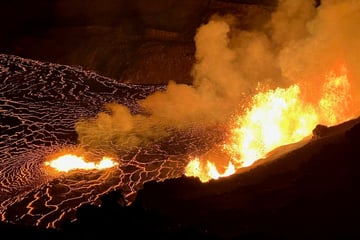The world is setting the stage for a new nuclear arms race, researchers caution
Stockholm, Sweden - Most of the world's nuclear-armed states continued to modernize their arsenals last year, setting the stage for a new nuclear arms race, researchers warned Monday.

The Stockholm International Peace Research Institute (SIPRI) said nuclear powers, including the US and Russia – which account for around 90% of the world's stockpile – had spent time last year "upgrading existing weapons and adding newer versions."
Since the end of the Cold War, old warheads have generally been dismantled quicker than new ones have been deployed, resulting in a decrease in the overall number of warheads.
But SIPRI warned that the trend was likely to be reversed in the coming years.
"What we see now, first of all, is that the number of operational nuclear warheads is beginning to increase," SIPRI Director Dan Smith told AFP.
This was especially the case with China, which SIPRI said had about 600 nuclear warheads and had added 100 new warheads in 2023 and 2024.
"China is increasing its nuclear force steadily," Smith said, adding that the country could reach 1,000 warheads in seven or eight years.
While that would still be well short of Russian and US arsenals, it would make China "a much bigger player," said Smith.
He said the world faced new threats "at a particularly dangerous and unstable moment" for geopolitics, adding: "We see the warning signs of a new nuclear arms race coming."
SIPRI counted a total of 12,241 warheads in January 2025, of which 9,614 were in stockpiles for potential use.
The institute noted in its report that both Russia and the US had "extensive programs underway to modernise and replace their nuclear warheads."
SIPRI also noted that North Korea's nuclear weapons program remained "central to its national security strategy," estimating that it had around 50 warheads and was believed to possess enough material to reach up to 90 warheads.
Israel – which does not acknowledge its nuclear weapons – is also believed to be modernizing its arsenal, which SIPRI estimated was about 90 warheads at the start of the year.
Scientist warns that AI involvement in nuclear war could trigger "doomsday scenario"
Smith stressed that the looming nuclear arms race would not just be about "the numbers of warheads."
"It's an arms race which is going to be highly technological," Smith said.
He added that it would be both in "outer space and in cyberspace" as the software directing and guiding nuclear weapons would be an area of competition.
The rapid development of artificial intelligence will also likely begin to play a part, at first as a complement to humans.
"The next step would be moving towards full automation. That is a step that must never be taken," Smith said.
"If our prospects of being free of the danger of nuclear war were to be left in the hands of an artificial intelligence, I think that then we would be close to the doomsday scenarios."
Cover photo: Handout / Hiroshima Peace Memorial Museum / AFP
